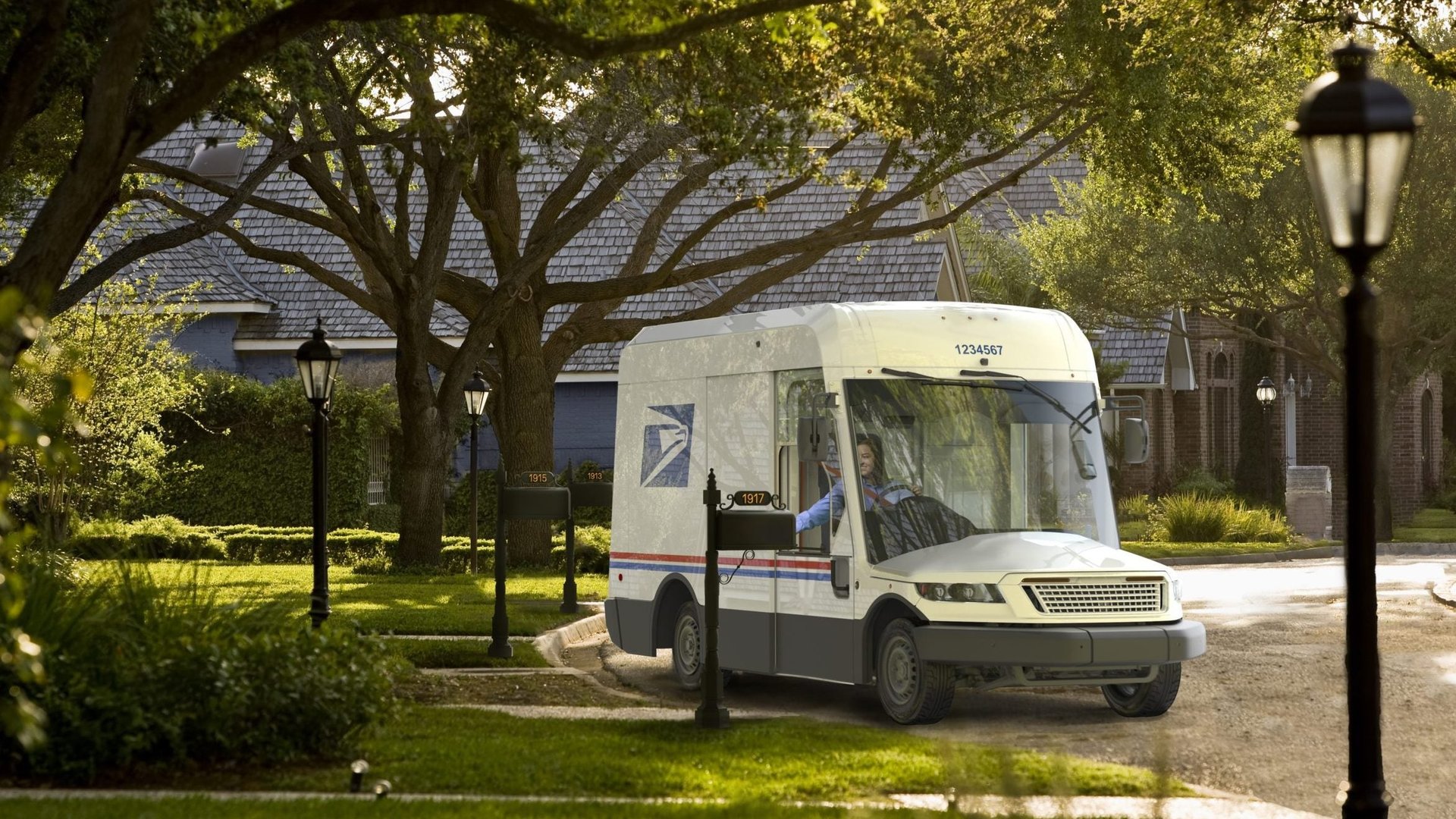Delivery is more important than ever—so why is the US post office struggling?
The US postal service announced the first part of a multibillion-dollar scheme to modernize its delivery fleet yesterday, revealing a more sustainable, redesigned postal truck reminiscent of a friendly cartoon character.


The US postal service announced the first part of a multibillion-dollar scheme to modernize its delivery fleet yesterday, revealing a more sustainable, redesigned postal truck reminiscent of a friendly cartoon character.
The upgrade is one part of what USPS said is a forthcoming 10-year plan to transform itself “as it seeks to become the preferred delivery service provider for the American public.” It’s a tacit admission that USPS is not currently America’s preferred delivery option, and an acknowledgement the organization needs to change.
The post office—effectively a public service that operates as a business—has for years contended with financial problems, leading to billions in losses. Chief among its challenges are a general decline in the amount of mail it handles; rising costs related to employee benefits, especially pensions; and mounting debt, according to a report last year by the US government accountability office, a nonpartisan congressional agency.
This drop in mail volume is happening even as package deliveries tied to e-commerce skyrocket. That’s because as email and other digital communications have grown over the decades, there’s been less need for other types of physical mail, whether it’s a letter to a family member or your credit card company sending a bill.
It’s what USPS categorizes as first-class mail, and the postage it collects on it is the most profitable part of its business, which also includes fees for services, such as package delivery, and sales of shipping supplies. The USPS isn’t subsidized with US tax dollars, even though it’s closely regulated by Congress.
While it is handling more packages as e-commerce grows, it has tough competition in that arena from UPS, FedEx, and increasingly Amazon, which as been building its own delivery network. And while these big parcel services have typically relied on USPS for a share of their last-mile deliveries, even that’s been changing. In the spring of 2019, USPS saw its package volume fall, a turn of events analysts blamed on FedEx and Amazon handling more of their last miles themselves.
It might seem USPS should be able to reduce costs in line with the drop in mail it needs to deliver, but it has had difficulty slashing expenses, in part because of the employee costs such as the pension benefits it pays out. The number of Americans also continues to grow, increasing the number of delivery points USPS has to serve. By law it’s required to reach “as nearly as is practicable” the entire US population. ”We are delivering fewer pieces of mail to more addresses each year, driving up the cost per delivery,” Megan Brennan, the former postmaster general, explained in a 2019 congressional hearing (pdf).
These conditions are stretching USPS thinner, straining its service. In the crush of pandemic-driven holiday deliveries at the end of 2020, USPS was still able to get the great majority of packages to their destinations on time, but it lagged behind its rivals.
Covid-19 has hammered its business as well. Though its revenue from package deliveries grew in its fiscal year through Sept. 30, it still saw a dramatic decline in mail volume. For the year, it reported a loss of $9.2 billion—$363 million more than the year before.
Speaking to a House panel today, current postmaster general, Louis DeJoy, talked about a plan for fixing USPS’s financials that could include slowing first-class mail. DeJoy, meanwhile, has been under scrutiny for allegedly delaying the delivery of ballots in last year’s presidential election.